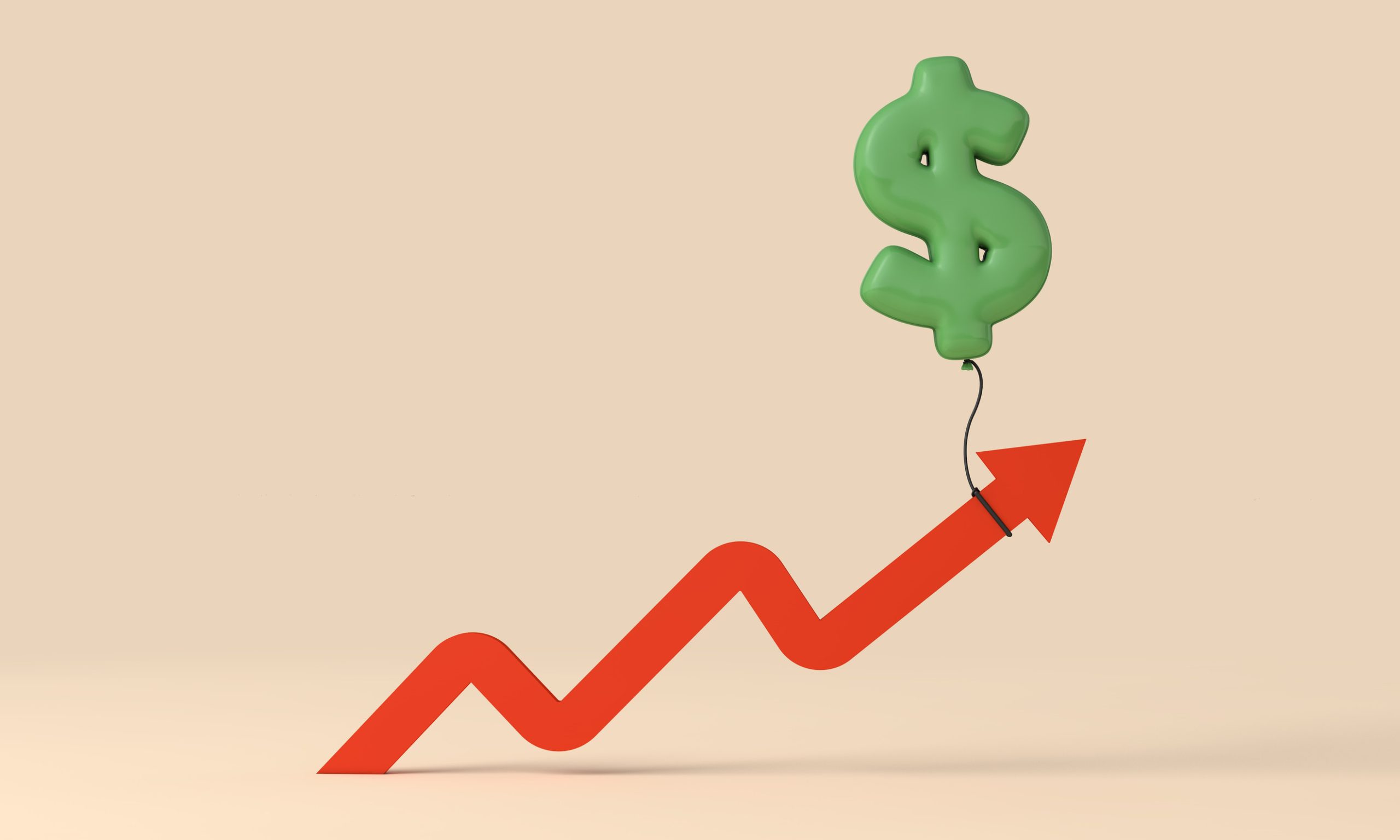Do you feel like you’re playing a high-stakes game of Monopoly every time you just try to buy groceries, a concert ticket, or even a graphics card? The board is set, the rules seem rigged, and there’s always that one player hoarding all the cash and properties, gleefully driving everyone else toward bankruptcy. That player? They’re the embodiment of greed, a powerful and often invisible force pulling the strings in the markets we navigate daily.
This isn’t just about corporate villains twirling mustaches; it’s about the clever, and sometimes infuriating, ways the profit motive gets twisted to manipulate what we pay.
The Illusion of Scarcity: Creating Demand from Thin Air
Have you ever rushed to buy something because you heard it was the “last one” or a “limited edition”? That frantic feeling is no accident. Companies and sellers expertly manufacture the perception that a product is incredibly rare, even when it’s not. They release products in deliberately small batches or use marketing language designed to trigger a fear of missing out.
This artificial scarcity pushes demand through the roof, allowing them to charge a significant premium. The entire strategy banks on our psychological wiring to crave what we believe we can’t easily have.
The Algorithmic Price Tag: When Robots Decide What You Pay
Gone are the days of a simple price sticker; now, digital tags can change in the blink of an eye. Sophisticated algorithms constantly monitor competitor prices, demand levels, and even your browsing history. This allows for dynamic pricing, a system where costs can fluctuate wildly based on what the market is perceived to bear at any given second.
Ride-sharing apps are a classic example, surging prices the moment a concert lets out or a rainstorm begins. It’s a hyper-efficient, coldly logical form of greed that maximizes profit from every unique situation.
The Concert Ticket Swindle: Bots, Scalpers, and Empty Wallets
Nothing captures modern price manipulation quite like the experience of trying to buy tickets to a major event. You log on to the second sales open, only to find every seat instantly gone. They’ve been snatched up by automated bots working for scalping groups who then list those same tickets on resale sites for exponentially higher prices. This isn’t a free market; it’s a digital hijacking that exploits fan loyalty and creates a parasitic secondary market. The original event often sees little of this inflated revenue, while fans are left feeling cheated and priced out.
The Collusion Con: Secret Handshakes and Inflated Prices
Sometimes, the manipulation isn’t a clever algorithm but a simple, illegal agreement behind closed doors. Competing companies might secretly collude to fix prices at an artificially high level instead of trying to undercut each other. This eliminates healthy competition, ensuring all players in the market profit at the direct expense of the consumer.
From electronics components to everyday consumer goods, these clandestine pacts distort the entire market, making everything more expensive for everyone. Uncovering these schemes often takes years of investigation and results in massive fines.
The Psychological Play: Anchoring and the Decoy Effect
Price manipulation isn’t always about supply and demand; it’s often about cleverly messing with our heads. Retailers frequently use tactics like “anchoring,” where a high original price is shown next to a sale price to make the discount seem larger. Another trick is the “decoy effect,” where a third, less attractive option is added to make a target product seem like a much better deal. These strategies are designed to guide consumers toward choices that maximize profit for the seller. They exploit cognitive biases to make us feel smart while we spend more.
The Aftermath: Who Really Pays the Price?
The ripple effects of widespread price manipulation extend far beyond an individual’s wallet. It erodes trust in the entire market system, making consumers cynical and hesitant. It can exacerbate social inequalities, pricing essential goods and experiences out of reach for average people.
Furthermore, it stifles genuine innovation, as companies can focus on financial engineering rather than creating better products. Ultimately, an economy driven by manipulation is weaker and less stable for everyone, except for those few pulling the strings.
Fighting Back: How to Be a Savvy Shopper
While large-scale manipulation requires regulatory action, consumers are not entirely powerless. Awareness is the first and most powerful weapon against these tactics. Using price tracking tools and browser extensions can reveal historical pricing data to avoid buying at peak artificial inflation. For events, supporting platforms that use verified fan or lottery systems can help combat bots. Patience and research can often deflate the power of artificial scarcity and psychological pricing tricks.
The Constant Tug of War
Greed is a perpetual, powerful engine in the global marketplace, constantly innovating new ways to extract maximum value. From digital algorithms to old-fashioned collusion, the mechanisms of price manipulation are diverse and deeply embedded. While the pursuit of profit is a fundamental aspect of commerce, its darker incarnation in manipulation distorts fairness and trust.
Recognizing these tactics is the crucial first step in demanding more transparency and fairness.
What market squeeze has frustrated you the most? Share your thoughts and experiences in the comments below.
You May Also Like…


